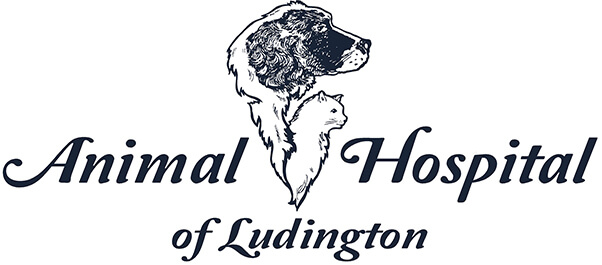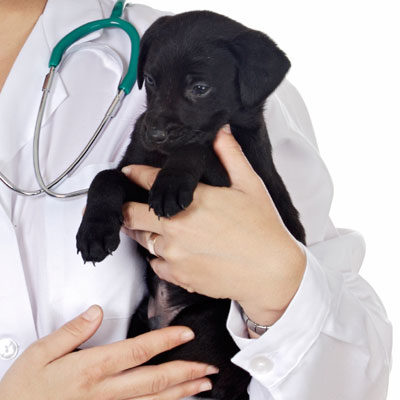Aside from protecting the sofa legs from your puppy’s incessant chewing, there’s not a whole lot to do while your new pet is going through the teething process. Knowing the details of teething is a good idea, though. That way, you know what your puppy is going through and when, and you can let your vet know right away if something seems amiss.
Newborn Puppies
Just like human babies, puppies are born with no teeth. They don’t need them at this stage, after all—your puppy will suckle milk from their mother if the mother is around, or they’ll need to be hand-fed from a bottle if the mother isn’t available.
2-3 Weeks of Age
Around two or three weeks of age, your puppy’s first baby teeth will start coming out of the gums. The smaller front teeth, called the incisors, are usually the first to appear. The canine teeth will follow—these are the four long fangs. Your puppy’s premolars are the last to appear, and they come in behind the canines near the back of the mouth. When it’s all said and done, your puppy will have 28 baby teeth, which are known medically as the deciduous teeth and are often referred to as the “milk teeth.”
6 Weeks of Age
By the time your puppy is about six weeks old, all 28 baby teeth will probably have come in. Around this time, your pup will be in the process of getting weaned off of the mother’s milk or formula, and they’ll begin eating solid puppy food.
3-4 Months of Age
Around the 12- to 16-week mark, your puppy’s baby teeth will start falling out. The adult teeth come in and simply push the deciduous teeth out of the way, so you may occasionally see a baby tooth on the floor or by your puppy’s water or food bowls. Most often, though, your pup simply swallows the baby teeth as they come out, which is perfectly normal.
6 Months and Older
By the time your dog is six months old, all 28 baby teeth will likely be gone, replaced by 42 adult teeth. Your puppy will now have molars in addition to premolars, which are the largest teeth at the back of the mouth that help with chewing and mashing food.
Do you have questions about your puppy’s teething? We’re here to help. Call your vet clinic today.











